El Árbol de la Vida. Entrelazando Genómica y Evolución
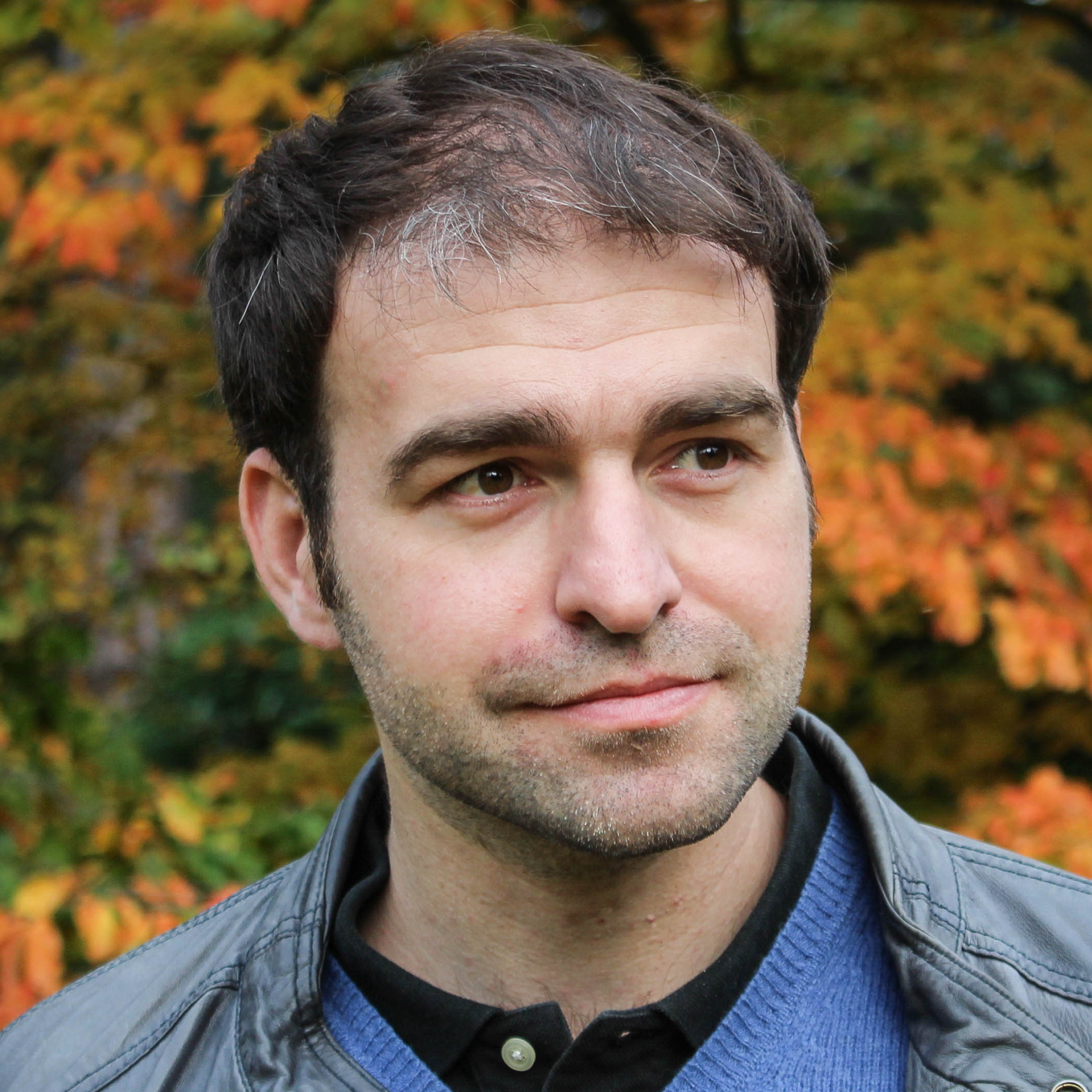
Description of Research Line
In our lab we study biological phenomena across scales, epistemological approaches (e.g. top-down vs. bottom-up) and theoretical, computational and experimental methods. This integrative approach can develop naturally in our favourite system, microbial communities, where molecular, cellular and population phenomena converge. Our long-term goal is to project our knowledge towards the development of biotechnological applications that address some of the challenges of our time.
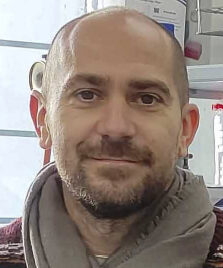
Dr Alfonso Fernández-Álvarez (IBFG-CSIC)
Quantitative biology of chromosome dynamics
Description of Research Line
We use modern quantitative cell biology approaches to decipher the full function of the most enigmatic role of telomeres in the cell: the formation of the telomere bouquet in meiosis. This 3D conformation has captured the attention of cell biologists since the 19th century when it was first observed, and its function, despite having been conserved since the origin of eukaryotes, remains a mystery. Our aim is to understand the telomere bouquet formation as one of the main drivers of genetic diversity

Dra Ana Riesgo Gil (MNCN-CSIC)
Department of Biodiversity and Evolutionary Biology
Description of Research Line
In our lab, we use evolutionary genomics of marine invertebrates as a tool to investigate the origins of animal reproduction, the establishment of symbiotic partnerships, the evolution of biomineralisation mechanisms, hybridization, and population genomics for conservation. We combine expertise in molecular biology (genomics, transcriptomics, proteomics, metabarcoding, and microbiomics) with bioinformatics, advanced imaging techniques, and field biology and ecology. Our questions are quite varied, but they all try to address the building blocks of animal evolution with an interdisciplinary approach. With the aim of addressing the effects of global change on our ecosystems, we investigate the role of genetic diversity and hybridizaton on the survival of species. We are open to other relevant evolutionary questions that fall into our expertise and love to collaborate with other researchers national and internationally.

Description of Research Line
Protein function Transcriptomics

Dra Ana Isabel Fernández Perdices (MNCN-CSIC)
Patrones y procesos evolutivos en organismos acuáticos
Description of Research Line
Nuestro grupo de investigación estudia los mecanismos evolutivos que moldean los sistemas acuáticos, tanto de agua dulce como de agua salada, y tiene como objetivo describir las biodiversidad en estos sistemas. Estudiamos la historia evolutiva de los sistemas acuáticos, y los procesos responsables de la generación de nueva biodiversidad y el mantenimiento de la existente. Utilizamos herramientas taxonómicas, morfológicas, ecológicas, de conducta y genéticas, para entender las trayectorias evolutivas pasadas y futuras de los sistemas acuáticos.

Dr Andrés Moya Simarro (I2SysBio)
Description of Research Line
The Symbiosis (Evolutionary Genetics) group of the Institute for Integrative Systems Biology (I2Sysbio) is devoted to the study of animal and human microbiome from an evolutionary and systems biology perspective. We are also interested in the study of endosymbiosis, natural minimal cells, and the evolution of genomes and organismic complexity
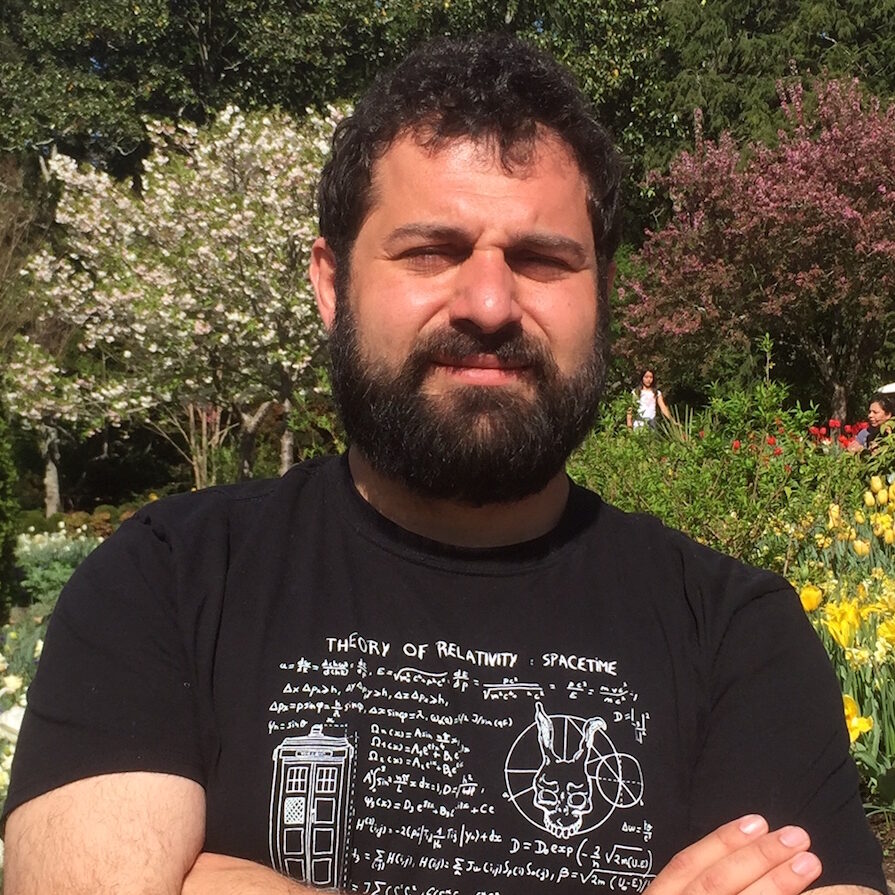
Dr Aureliano Bombarely Gómez (IBMCP-CSIC-UPV)
Bioinformatics and Evolutionary Genomics
Description of Research Line
Our group has two different lines of research. The first one is focused in the development of tools to annotate and analyze the genomes, from the identification of gene models and the classification of transposable elements to the characterization of their landscape across different species and lineages. The second one is the study of how the genomic information changes and how these changes are related with processes such as adaptation, speciation and plant domestication. Our group work with several plant species specially with species from the Solanaceae family such as Solanum, Nicotiana and Petunia.

Dra Aurora Ruiz-Herrera Moreno (UAB)
The Genome Architecture and Evolution
Description of Research Line
Our research activity is focused on understanding structural, functional and evolutionary aspects of genome organization, paying special attention to the germ line given its central role in the transmission of genetic biodiversity.

Description of Research Line

Description of Research Line
We work with non-model bacteria, from the Planctomycetes phylum. The genomes of these bacteria encode for many proteins of unknown function, as they are divergent bacteria.
We use computational and experimental approaches to deciphering the function of these proteins.
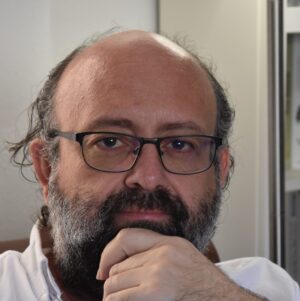
Description of Research Line
En nuestro grupo trabajamos en diferentes aspectos del Cambio Global y su impacto la biodiversidad. Entre ellos se incluyen efectos sobre los ecosistemas terrestres, especialmente sobre los ecosistemas mediterráneos; el estudio de las interacciones entre motores de cambio climático (cambios de uso, factores climáticos, bióticos, etc) sobre especies y comunidades clave; los patrones y procesos que dan origen a la biodiversidad, su evolución y su distribución actual e histórica, y su posible relación con climas pasados; o el seguimiento a largo plazo de sistemas de naturales de referencia como reservas naturales protegidas y ecosistemas reforestados o recuperados.

Dra Elena Casacuberta Suñer (IBE-CSIC-UPF)
Multicellgenome Lab
Description of Research Line
El grupo trabaja en una de las grandes transiciones evolutivas: el origen de la multicelularidad. El grupo ha secuenciado hasta ahora el genoma completo de 12 protistas cercanos a animales. Estos genomas nos han permitido 1) crear un árbol filogenético sobre el origen de animales, y 2) reconstruir el genoma del ancestro unicelular de los animales.

Dr Fernando Alda (IREC, CSIC-UCLM-JCCM)
Ecología y Gestión de Fauna Silvestre
Description of Research Line
Our research explores evolutionary biology, systematics, population genomics, and biodiversity, with a special focus on freshwater fishes and their ecosystems. We investigate the drivers of genetic variation, speciation, and biodiversity patterns through an integrative approach that combines fieldwork, museum-based studies, and genomic analyses. Emphasizing geographical variation and biogeography, our work spans multiple levels of biological organization, from genomes to ecosystems, and includes diverse systems such as host-symbiont relationships to better understand the ecological and evolutionary processes shaping species distributions and interactions.

Description of Research Line

Dr Iker Irisarri Aedo (MNCN-CSIC)
Phylogenomics and major evolutonary transitions
Description of Research Line
Digging genomes to understand our evolutionary past. This is one of the coolest opportunities of our time. My research combines bioinformatic and evolutionary analysis of genomic data to better understand the patterns and mechanisms of biodiversity. Explicit phylogenetic frameworks and integrative perspectives are a must. My favourite study systems are evolutionary transitions, which represent unique opportunities to understand evolutionary mechanisms. Currently, I am focused on clarifying the genomic basis of replicated water-to-land transitions in blenny fish.

Description of Research Line
El grupo trabaja en una de las grandes transiciones evolutivas: el origen de la multicelularidad. El grupo ha secuenciado hasta ahora el genoma completo de 12 protistas cercanos a animales. Estos genomas nos han permitido 1) crear un árbol filogenético sobre el origen de animales, y 2) reconstruir el genoma del ancestro unicelular de los animales.
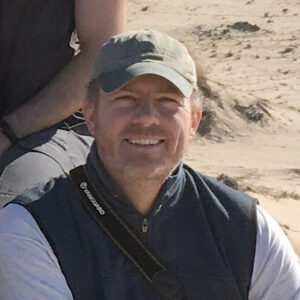
Description of Research Line
My interest lies at the intersection of Ecology, Evolution and Developmental Biology.
My group is specifically focused in understanding how organisms alter their phenotypes in response to changing environments and the extent to which such environmentally-induced changes in development influence trait evolution. The phenotypic responses we study range from responses to abiotic factors such as temperature or hydroperiod, to biotic interactions with predators, competitors or parasites, and include both within-generation and transgeneration responses.

Dr Javier del Campo (IBE-CSIC-UPF)
del Campo Lab. Microbial Ecology and Evolution
Description of Research Line
The del Campo Lab is based at the Institut de Biologia Evolutiva (CSIC – Universitat Pompeu Fabra) in Barcelona. The research at the del Campo Lab is focused on the study of host-associated microbes and the effect of global warming on the microbiomes of benthic and planktonic marine animals. We have a wet and dry lab, to perform experiments and bioinformatics analysis, enabling the broadest possible goals. The ongoing climate change and its effects on the environment, such as rising sea temperature, has strong impacts on free-living marine microbial communities. However, the effects of global warming have not been properly studied on host-associated microbiomes. Microbiomes (both prokaryotic and eukaryotic) associated with host organisms have a strong influence on host evolution, physiology, and ecological functions. We study how environmental changes resulting from global warming affect the composition and function of the microbiomes in key members of the marine fauna and consequently how these changes affect the hosts. Currently, our study focuses on these impacts on corals, teleost fish, and zooplankton. To tackle this novel research topic, we use a combination of molecular biology, ecophysiology, and bioinformatics.

Description of Research Line
Our research is focused on the application of genomic tools and approaches to the conservation of endangered species. Our goals include the reconstruction of the demographic and evolutionary history, the investigation of the genomic changes associated to population declines and their fitness consequences, and the monitoring and management of genetic diversity and genetic load in conservation programs
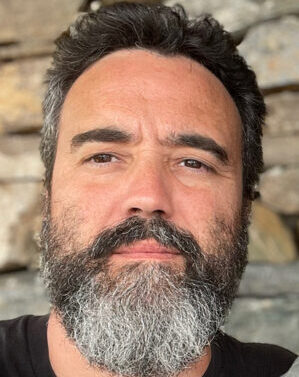
Description of Research Line

Dra María Monsalve (IIBM-CSIC-UAM)
Mitochondrial Function in Health and Disease
Description of Research Line
Mitochondrial function if a cornerstone of metabolic plasticity, allowing the eukaryotic cell to adapt efficiently to changing energetic demands and nutrient availability. Its role in human physiology is well documented and its dysfunction has been associated with an always increasing number of pathologies. In particular, mitochondria as a source of damaging ROS has been extensively investigated. Nevertheless, how mitochondria function or dysfunction contributes to disease development is still a matter of controversy. In healthy individuals, mitochondrial activity is associated with low levels of mitochondrial ROS due to optimized electron transfer activities and the presence of high levels of antioxidants. In disease states, dysfunctional mitochondria produce high levels of ROS that cannot be detoxified efficiently leading to an oxidative stressed state. We investigate the impact on tumor development, its role in the vascular complications of diabetes, in the pathological development of liver steatosis and in the toxicity associated with some pharmacological treatments. All these aspects are investigated at a molecular, cellular and physiological level. We also aim to validate the application of biomarkers based on the evaluation of mitochondrial function in the diagnosis and prognosis of these diseases. The particular contribution of gender is also considered, as well as the impact that the results may have on different social groups in the analysis of the data and on their communication.

Dra María P. Martín (RJB-CSIC)
Biodiversidad, biogeografía y sistemática molecular de hongos
Description of Research Line
The general objective of the group is the analysis of the diversity of fungi based on studies of their morphological, ecological and molecular characters, with a view to reconstructing the phylogenetic histories of the taxa and thus approaching the study of some of the fundamental aspects that govern their evolution and the patterns that determine their distribution, in addition to addressing issues related to the conservation of biodiversity.

Dra Marta Barluenga (MNCN-CSIC)
Patrones y procesos evolutivos en organismos acuáticos
Description of Research Line
Nuestro grupo de investigación estudia los mecanismos evolutivos que moldean los sistemas acuáticos, tanto de agua dulce como de agua salada, y tiene como objetivo describir las biodiversidad en estos sistemas. Estudiamos la historia evolutiva de los sistemas acuáticos, y los procesos responsables de la generación de nueva biodiversidad y el mantenimiento de la existente. Utilizamos herramientas taxonómicas, morfológicas, ecológicas, de conducta y genéticas, para entender las trayectorias evolutivas pasadas y futuras de los sistemas acuáticos.

Description of Research Line

Dr Rafael Zardoya (MNCN-CSIC)
Patterns, processes and mechanisms associated to the generation of biodiversity
Description of Research Line
Our research is focused in determining the amount and type of genetic variation linked to speciation events and its relationship to morphological and behavioral adaptation. Thus, we infer statistically robust phylogenetic frameworks that allow us reconstructing the evolution of morphological and behavioral traits, as well as understanding the historical generation of current biogeographical patterns. We are currently focused mainly on gastropod systematics and base phylogenetic inferences on complete mitochondrial genome sequence data as well as nuclear markers derived from next generation sequencing technologies. To complement the above-mentioned research, we have also active research in molecular evolution. We are interested in the evolution of gene families, model selection, and the causes behind incorrect phylogenetic inferences. We use cone snail venoms as model system to study molecular evolution. Our approach includes comparisons of chromosome-level genomes and of venom gland transcriptomes within a phylogenetic framework.

Description of Research Line
The overarching goal of the lab is to understand how animals reshape their genomes to generate their vast diversity and to adapt to the different environments. For that, we generate and interrogate genomic data through the lens of phylogenomics. Our favorite creatures are arthropods and annelids, but our interest transcend the level of phylum to understand animal genome evolution at a macroevolutionary scale. Our current projects aim at understanding the conquest of terrestrial environment by the different animal lineages (terrestrialization), the genomic basis of adaptation to life in caves and the phylogenomic interrogation of animal interrelationships.

Description of Research Line
Estudio de evolución de plantas y hongos liquenizados en sistemas insulares oceánicos, con gran interés en la evolución de interacciones ecológicas (planta-polinizador, planta-frugívoro, hongo-alga).

Description of Research Line
The main goal of my research is to identify the ecological bases and the genetic mechanisms underlying adaptive variation and local adaptation in plants. My multidisciplinary research integrates data from field studies, common garden experiments, and whole-genome sequencing with natural populations of the annual plant Arabidopsis thaliana across its native distribution
